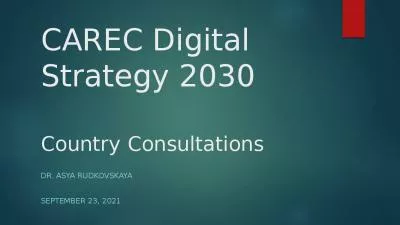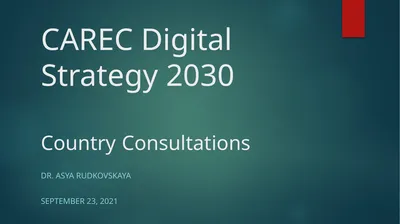PPT-Beyond Gas Beyond 2020: New Vision on Regional Energy Security in the 2020-2030 period
Author : newson | Published Date : 2020-06-24
László Szabó Director UK CEE Nuclear Summit 30102018 Gas dominated the energy security agenda in the last decade Main issue in the V4 region dependency on a
Presentation Embed Code
Download Presentation
Download Presentation The PPT/PDF document "Beyond Gas Beyond 2020: New Vision on Re..." is the property of its rightful owner. Permission is granted to download and print the materials on this website for personal, non-commercial use only, and to display it on your personal computer provided you do not modify the materials and that you retain all copyright notices contained in the materials. By downloading content from our website, you accept the terms of this agreement.
Beyond Gas Beyond 2020: New Vision on Regional Energy Security in the 2020-2030 period: Transcript
Download Rules Of Document
"Beyond Gas Beyond 2020: New Vision on Regional Energy Security in the 2020-2030 period"The content belongs to its owner. You may download and print it for personal use, without modification, and keep all copyright notices. By downloading, you agree to these terms.
Related Documents

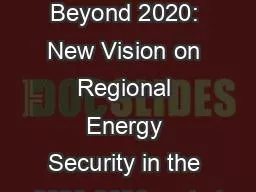
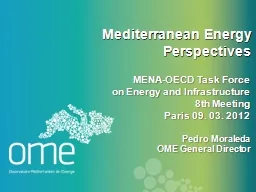
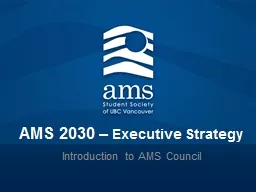

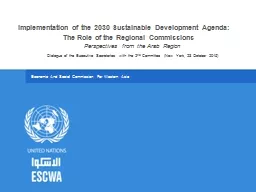
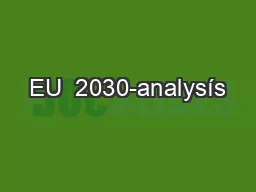
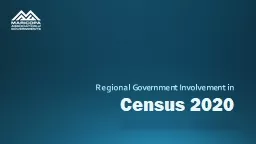
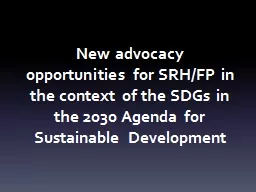

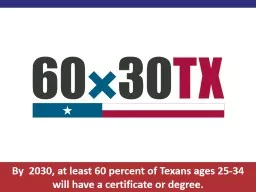
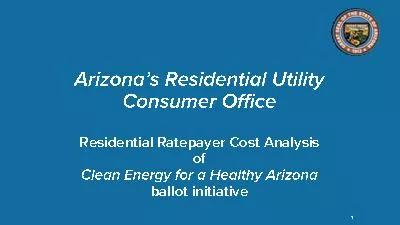
![Figure 3: Renewables shares 2017-2030 [%]. The renewables shares is calculated as defined](https://thumbs.docslides.com/1063125/figure-3-renewables-shares-2017-2030-the-renewables-shares-is-calculated-as-defined-in-the-re-directive-eurostat-2018.jpg)
